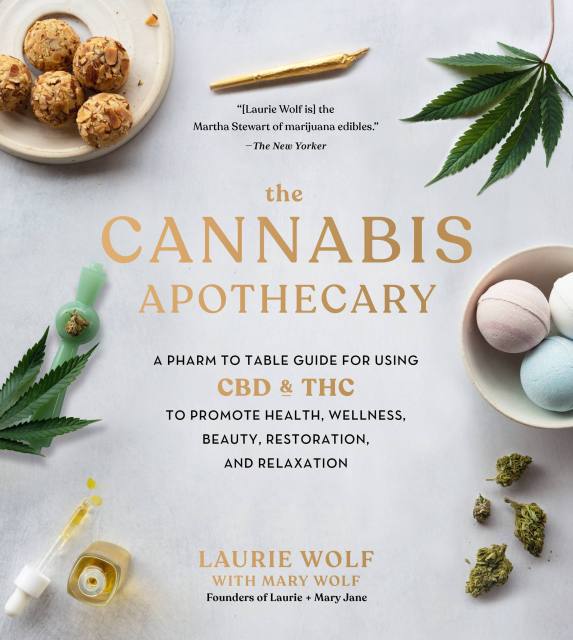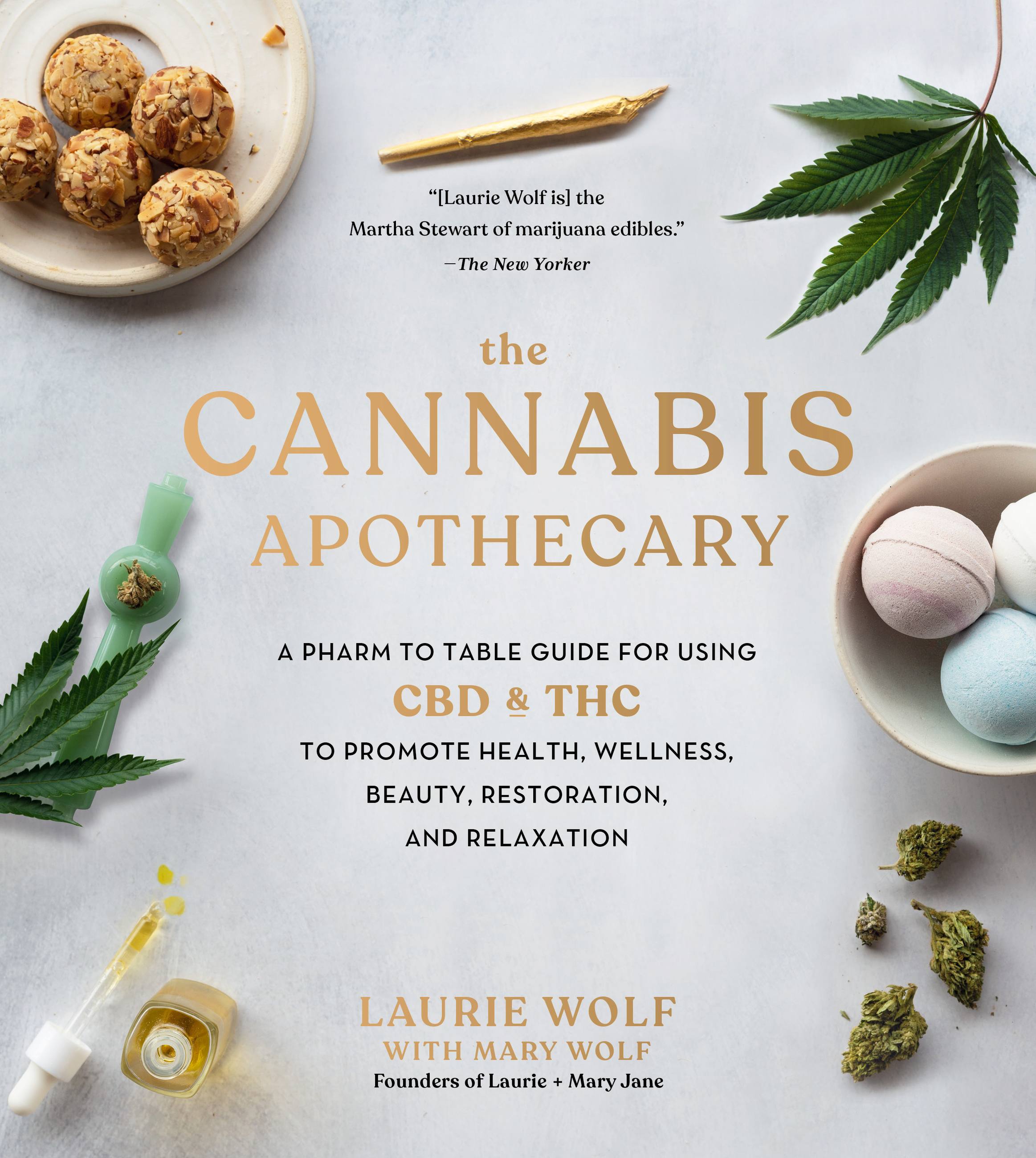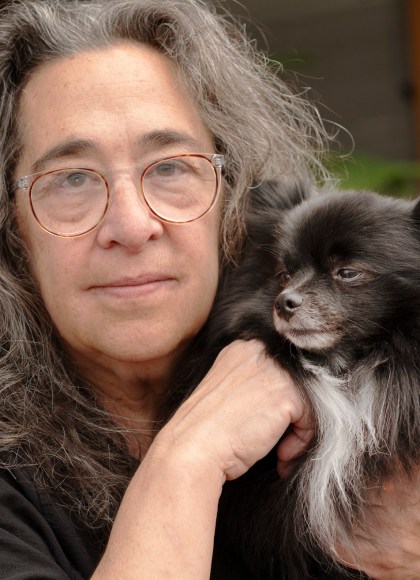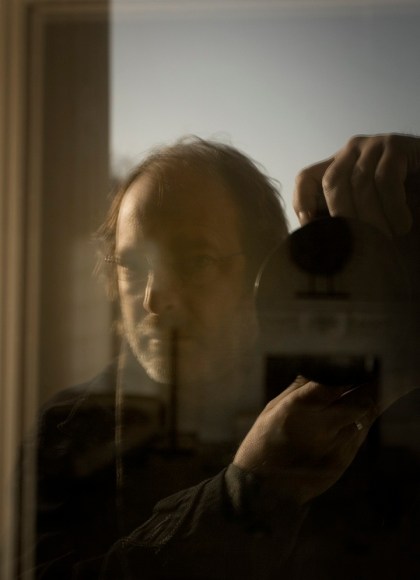Promotion
Use code BEST25 for 25% off storewide. Make sure to order by 11:59am, 12/12 for holiday delivery!
By clicking “Accept,” you agree to the use of cookies and similar technologies on your device as set forth in our Cookie Policy and our Privacy Policy. Please note that certain cookies are essential for this website to function properly and do not require user consent to be deployed.
The Cannabis Apothecary
A Pharm to Table Guide for Using CBD and THC to Promote Health, Wellness, Beauty, Restoration, and Relaxation
Contributors
By Laurie Wolf
Photographs by Bruce Wolf
With Mary Wolf
Formats and Prices
- On Sale
- Nov 3, 2020
- Page Count
- 256 pages
- Publisher
- Black Dog & Leventhal
- ISBN-13
- 9780762497652
Price
$16.99Price
$21.99 CADFormat
Format:
- ebook $16.99 $21.99 CAD
- Hardcover $35.00 $44.00 CAD
This item is a preorder. Your payment method will be charged immediately, and the product is expected to ship on or around November 3, 2020. This date is subject to change due to shipping delays beyond our control.
Buy from Other Retailers:
- How cannabis works with the body’s endocannabinoid system, and how to prepare and control dosage
- How to safely acquire, consume, and store cannabis in order to treat a host of medical issues, ranging from epilepsy and insomnia to nausea and anxiety
- The distinct flavor profiles of cannabis strains, and how to pair them with ingredients when cooking and entertaining
- How to mix compound THC butters and oils for use in the kitchen or the bedroom
- How to extract CBD and THC to make topical lotions that relieve arthritis pain, sore muscles, sprains and strains
- How to use homemade CBD bath balms to increase relaxation and promote deeper sleep
Newsletter Signup
By clicking ‘Sign Up,’ I acknowledge that I have read and agree to Hachette Book Group’s Privacy Policy and Terms of Use








